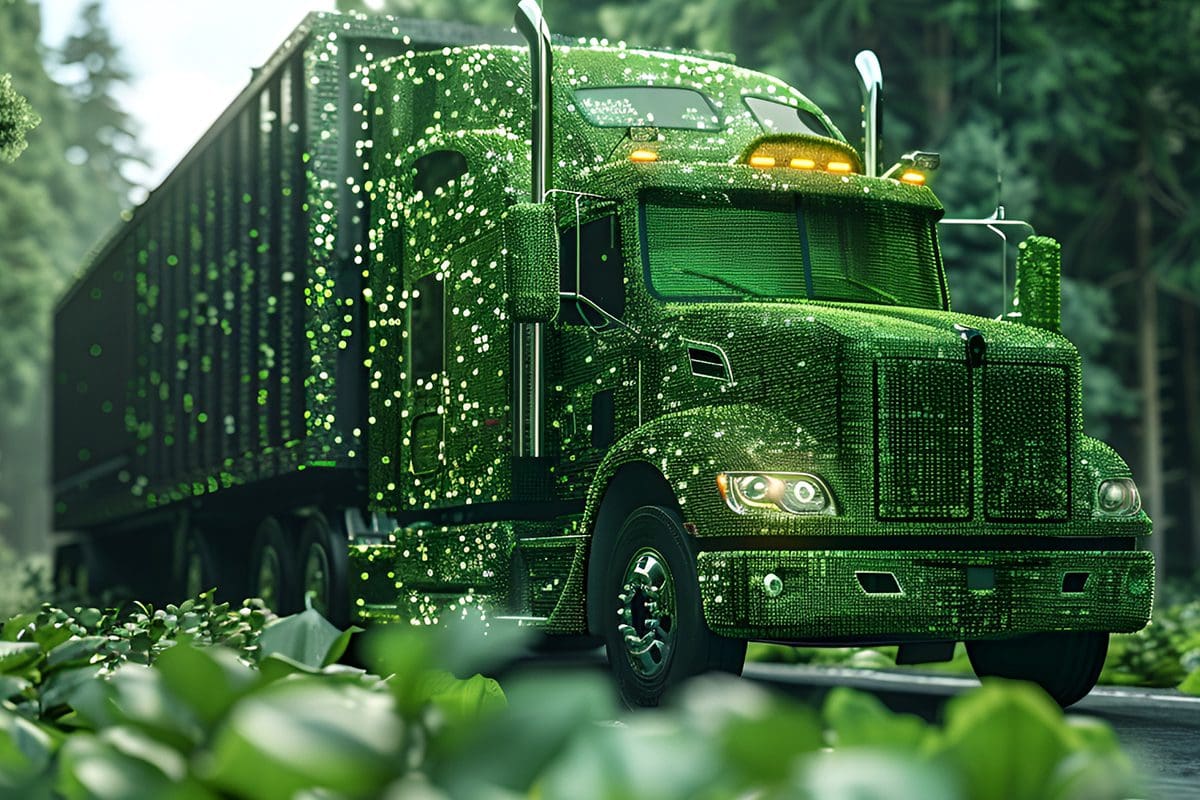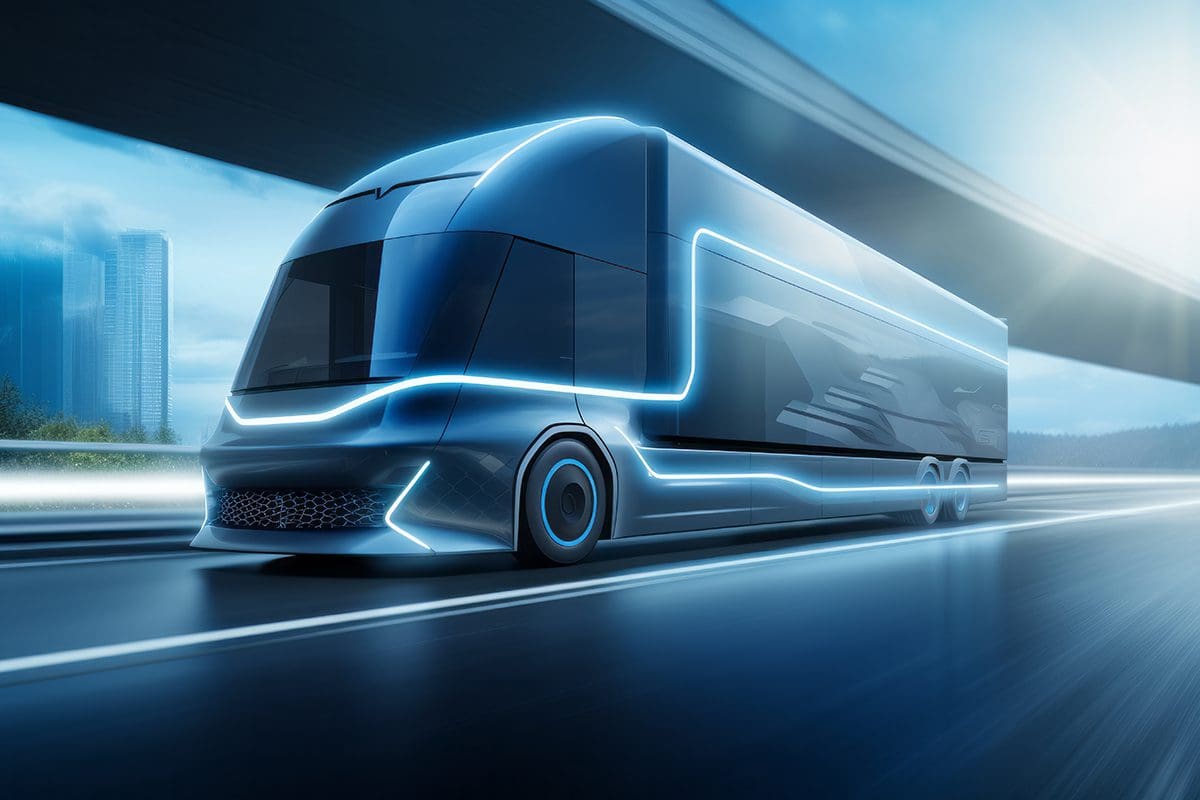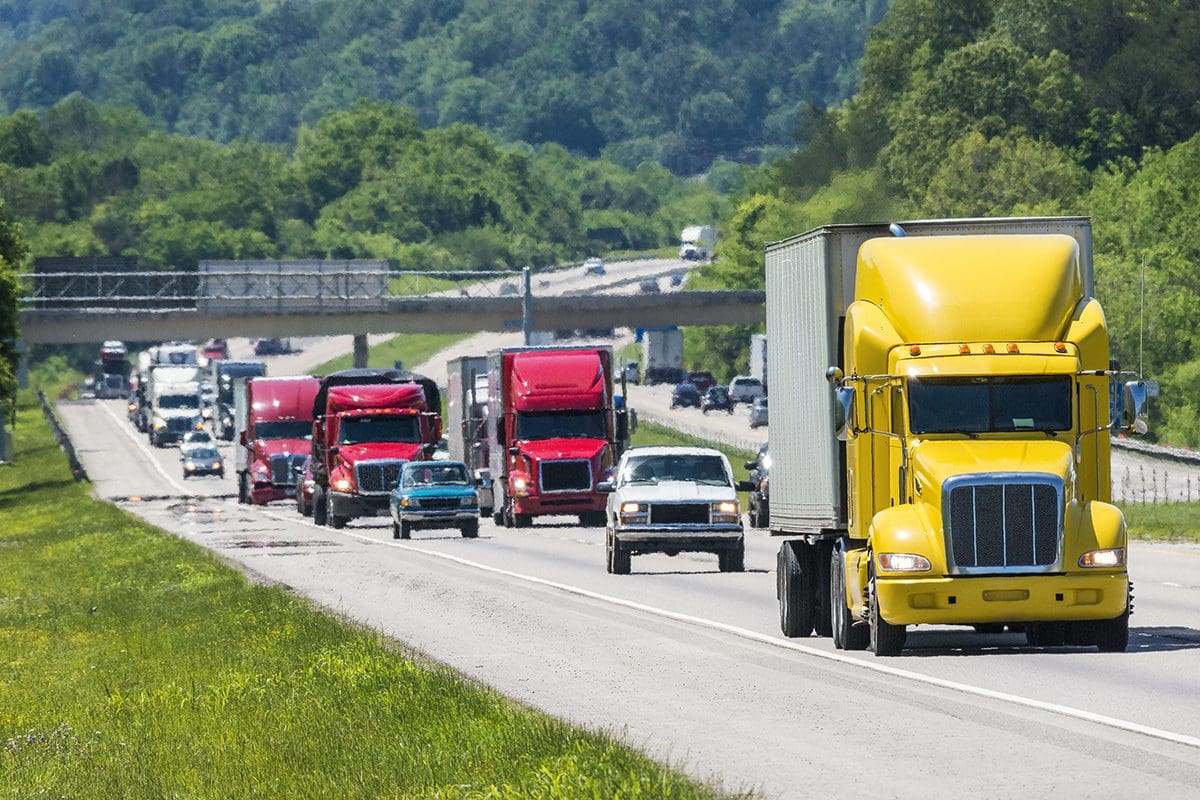
- GNA Insight
EPA Sets Stricter Phase 3 Emission Standards, Industry Reacts
April 1, 2024
Source: ACT News
After almost a year since the proposed rule was introduced, the U.S. Environmental Protection Agency (EPA) has finalized its Phase 3 emission standards, ruffling more than a few feathers along the wa
The final rule, “Greenhouse Gas Emissions Standards for Heavy-Duty Vehicles — Phase 3,” applies to all heavy-duty vocational vehicles, from Class 8 tractors to school buses, and looks to drastically cut emissions in model year 2027 to 2032 vehicles. The newly announced standards are being labeled as “unachievable” by the American Trucking Associations (ATA).
“Given the wide range of operations required of our industry to keep the economy running, a successful emission regulation must be technology neutral and cannot be one-size-fits-all. Any regulation that fails to account for the operational realities of trucking will set the industry and America’s supply chain up for failure,” said ATA President and CEO Chris Spear.
A Call for Increased Zero-Emission Vehicles
While the adopted standard does not rule out internal combustion engines, it certainly puts more pressure on fleets to adopt zero-emission (ZE) technologies, such as battery-electric and hydrogen fuel cell vehicles. Taking advantage of what the EPA called “projected available and cost-reasonable motor vehicle technologies,” the standards look to current and developing clean vehicle technologies to further reduce emissions throughout the industry.
Starting with MY 2027, light heavy-duty vehicles are projected to be split between ZE and internal combustion engines (ICE) 17% and 83%, respectively. Day cab tractors, which do not see a change in the mix until MY 2028, are expected to consist of 8% ZE and 92% ICE vehicles. The long-haul sector is not projected to see a similar adoption until MY 2030, with 6% ZE and 94% ICE. Even with the lead time for development and adoption of these technologies, some are wary of these projections.

“ATA opposes this rule in its current form because the post-2030 targets remain entirely unachievable given the current state of zero-emission technology, the lack of charging infrastructure and restrictions on the power grid,” said ATA’s Spear.
The Clean Freight Coalition (CFC), which includes member associations such as ATA, released a statement when the rule was published, opposing the changes and calling it “a regulation that will require the adoption of zero-emissions commercial vehicles at a pace that isn’t possible due to the limits of today’s technology.”
“Today, these vehicles fail to meet the operational demands of many motor carrier applications, reduce the payload of trucks and thereby require more trucks to haul the same amount of freight, and lack sufficient charging and alternative fueling infrastructure to support adoption,” said CFC Executive Director Jim Mullen in his statement. “These commercial vehicles are in their infancy and are just now being tested and validated with real world-miles.”
The CFC released a report in March that projects a cost close to $1 trillion to fully electrifying medium- and heavy-duty commercial vehicles in the U.S., including the necessary charging infrastructure to afford an industry-wide adoption.
“The GHG Phase 3 rule will have detrimental ramifications to the commercial vehicle industry, many small and large businesses, commercial vehicle dealers and their customers,” added Mullen.



